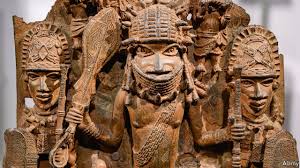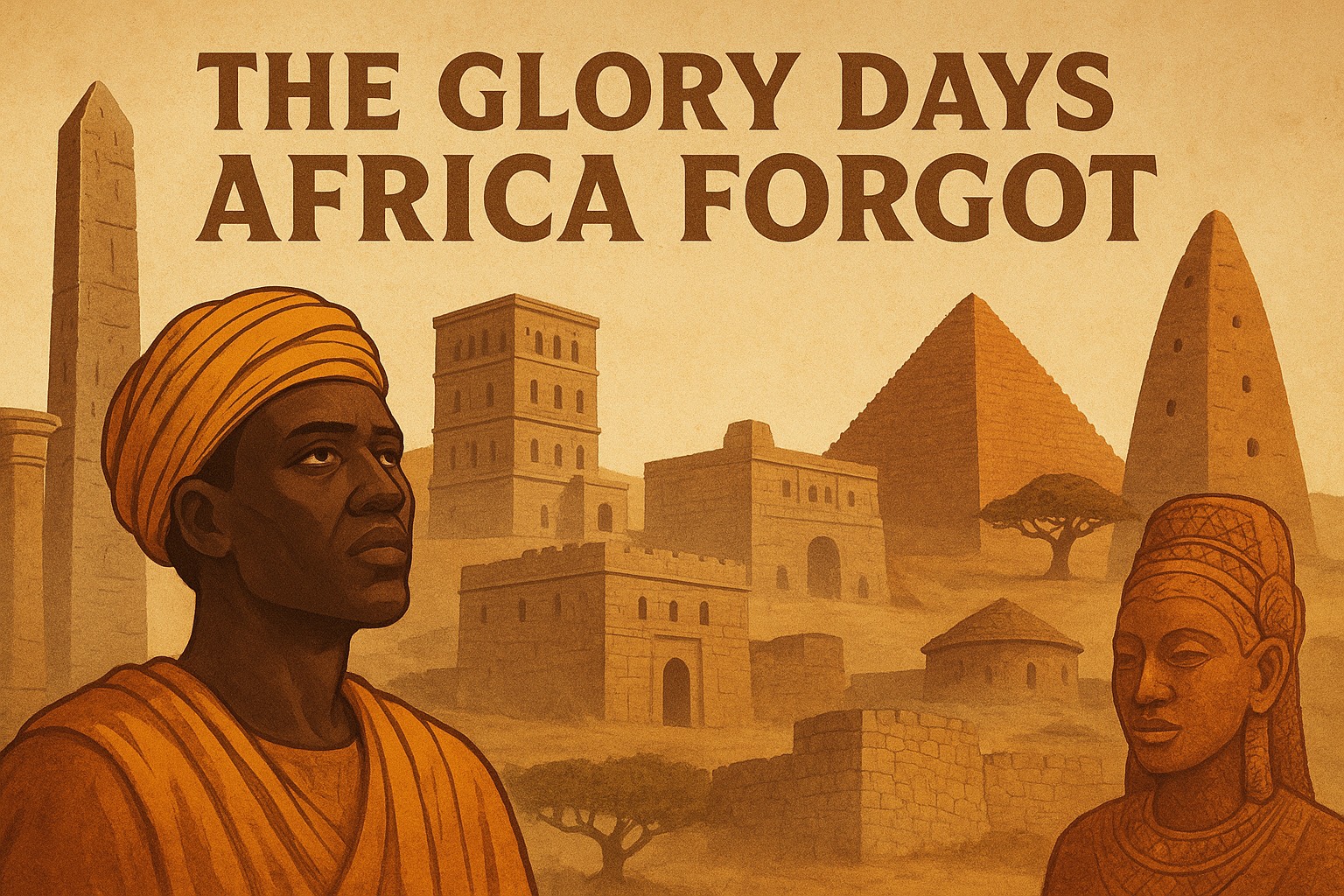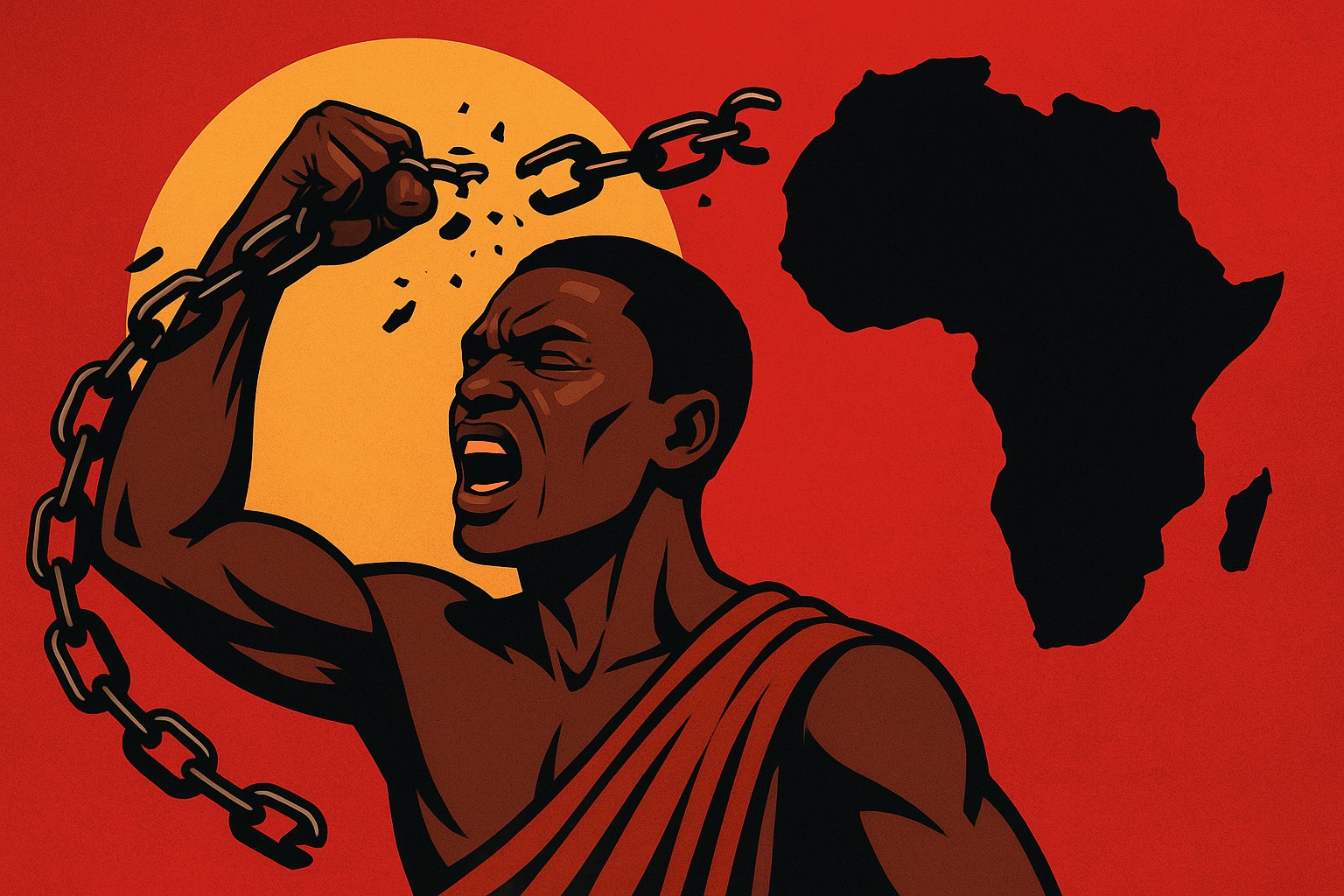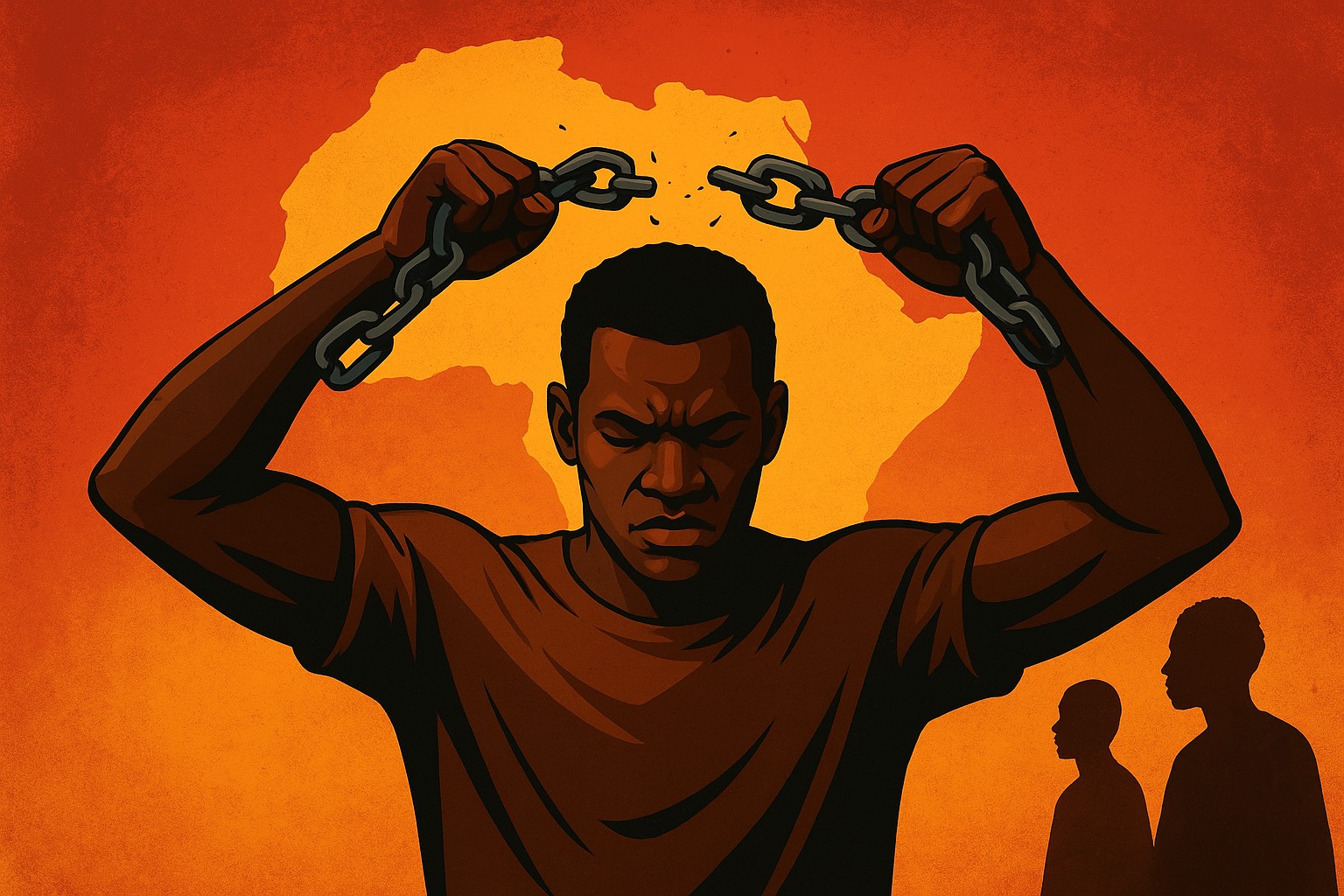Benin Bronzes: The World’s First Memes That Went Viral without Wi-Fi

Benin Bronzes: The World’s First Memes That Went Viral without Wi-Fi
Discover how the Benin Bronzes, ancient Nigerian artefacts, were the world’s first memes, spreading culture, humour, and history centuries before the internet.
When you think of a meme, what comes to mind? Probably a dancing cat, a savage Twitter Clap back, or that one “distracted boyfriend” photo that refuses to die. But let me blow your mind, long before Wi-Fi, smartphones, or TikTok, Africans were already in the meme business.
Welcome to the Benin Bronzes, the OG memes of Africa. Crafted by master artisans of the Kingdom of Benin (modern-day Nigeria) from the 13th century onward, these plaques and sculptures were not just art. They were cultural broadcasts, memetic masterpieces. Viral before “viral” was even a word. In other words, if Instagram existed in 1500 AD, the Benin palace would’ve been running the algorithm.
Memes before Memes: What the Benin Bronzes Were
The Benin Bronzes are a massive collection of bronze plaques, ivory carvings, and brass statues created for the Oba’s (king’s) palace. Each piece captured a moment of royal processions, military victories, diplomatic encounters, rituals, and even quirky scenes from daily life. Think of them as the newsfeed of the kingdom. Instead of scrolling, you’d stroll through the palace walls and see your culture “posted” in bronze. Everybody got the message without a single caption.
Why They Functioned Like Memes
Let’s break this down meme-style:
1. Visual Storytelling. Each bronze plaque was basically a post. No text needed. You saw the Oba flanked by warriors, and boom, you knew power, authority, and hierarchy. That’s the same way a meme compresses an entire idea into one image.
2. Cultural Transmission. Memes spread ideas. The Benin Bronzes spread values, history, and social norms. They told people who were in charge what events mattered and what cultural practices to respect.
3. Humour and Irony. Not every plaque was dead serious. Some showed foreigners, animals, or exaggerated figures. They slipped in wit and irony, aka ancient meme energy.
4. Virality. Today’s memes spread via retweets and shares. The Benin Bronzes spread via trade, diplomatic gifting, and, sadly, colonial looting. Their messages crossed borders, landing in Europe, Asia, and beyond. That’s basically “viral” in the 16th century.
5. Longevity. Internet memes die in weeks. Benin memes? They’re still here 600 years later. Talk about staying power.
The Kingdom of Benin’s Content Strategy.
Here’s what makes it even cooler: the Benin Bronzes weren’t random. They were deliberate, organised storytelling. Imagine the Oba as the ultimate content strategist, curating his narrative in bronze.
• Flex Culture. Many plaques glorified the king, showing his divine authority. If memes are flex posts, this was the Oba’s way of saying, “Bow down. I’m trending.”
• Political PR. Foreign traders and diplomats saw these bronzes and instantly understood the wealth and sophistication of Benin. Basically, “Don’t play with us, we run things here.”
• Historical Archive. Long before Instagram Highlights, the bronzes served as the kingdom’s permanent highlight reel. Future generations didn’t just hear stories; they saw them immortalised.
The Looting: When Memes Got Stolen
Of course, this story isn’t just fun and games. In 1897, during the British “Punitive Expedition,” thousands of Benin Bronzes were looted and shipped to Europe. That’s why you now see them in museums in London, Berlin, and New York instead of Benin City. Imagine someone hacking your entire meme archive and posting it on their account for clout; that’s exactly what colonialism did. The cultural theft still sparks debates today, with repatriation efforts underway to bring these bronzes back to Nigeria.
So... Were They Really Memes?
Richard Dawkins coined “meme” in 1976 to describe a unit of cultural information passed down, much like genes. By that definition, the Benin Bronzes were perfect memes:
• They compressed culture into symbols.
• They spread across networks (palaces, markets, foreign lands).
• They replicated themselves over generations.
The only difference? Instead of cheap JPGs, these memes were made of bronze, ivory, and genius craftsmanship.
Why This Matters Today
Here’s why calling the Benin Bronzes “memes” is more than just a clever hot take.
1. It makes history relatable. If people understand memes, they can understand how societies spread ideas.
2. It challenges the narrative. Too often, African history is framed as static or primitive. The Benin Bronzes prove Africans were running complex content strategies centuries before Europe’s Renaissance paintings went “viral.”
3. It’s meme-able again. Reframing the bronzes as memes opens them up for digital storytelling. Imagine reinterpreting each bronze as a 2025 meme template, its history meeting internet culture.
CYSTADS Vision: Making History Shareable Again
At CYSTADS, our mission is simple: take African history out of dusty archives and make it as addictive as your social feed. The Benin Bronzes as memes are the perfect example of this approach. They show that Africans were cultural innovators, mastering the art of communication long before Silicon Valley. With AI, AR, and genealogy tools, we can remix these artefacts into immersive, interactive stories. Imagine scanning a bronze plaque with your phone and seeing the battle it depicts come alive in AR or tracing your DNA to see if your ancestors were part of that very story. That’s what we’re building: a digital archive where history isn’t just remembered, it’s lived.
Final Takeaway.
The next time you scroll past a meme and laugh, remember, you’re participating in a cultural practice that’s centuries old. The Benin Bronzes were the world’s first memes, spreading messages, sparking laughter, glorifying power, and preserving memory. Only difference? These memes didn’t need hashtags, pixels, or Wi-Fi. They went viral in bronze.


